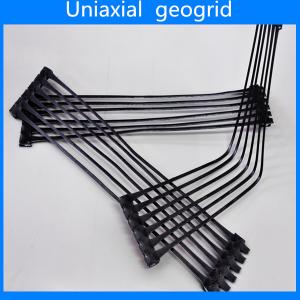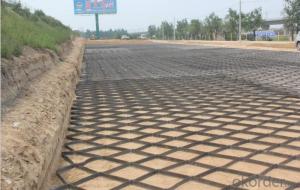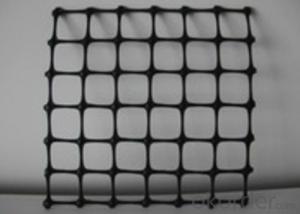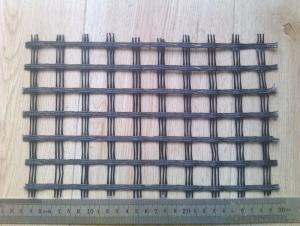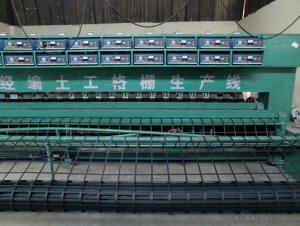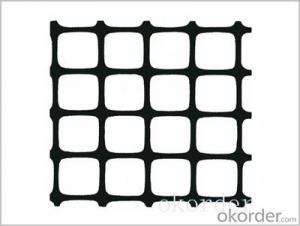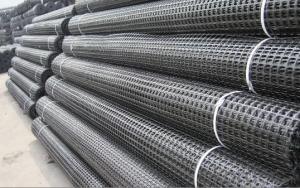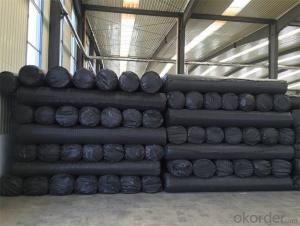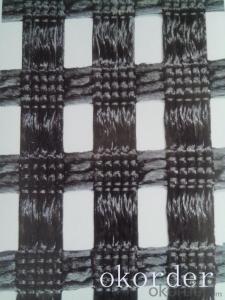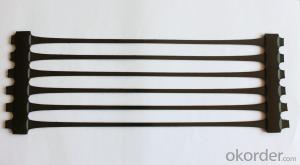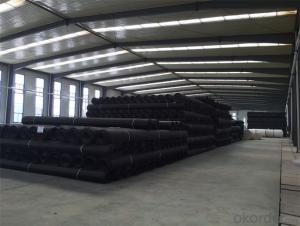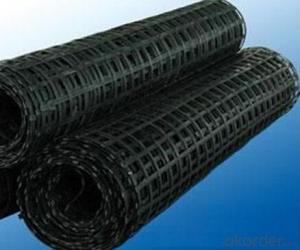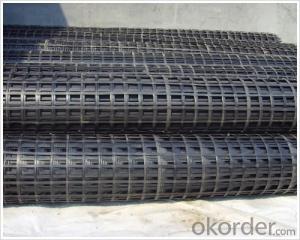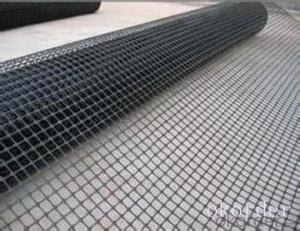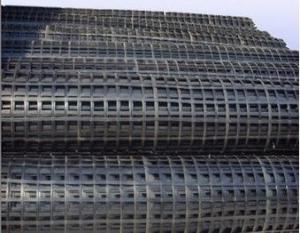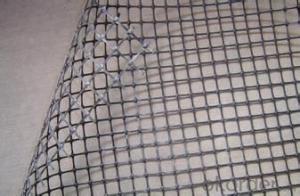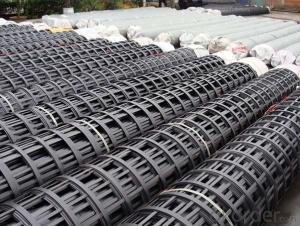Tensar Triax Geogrid Cost
Tensar Triax Geogrid Cost Related Searches
Tensar Triax Geogrid Price Tensar Geogrid Cost Tensar Geogrid Price Tensar Triax 160 Geogrid Price Triax Geogrid Price Tensar Triax Geogrid Tensar Triaxial Geogrid Tensar Interax Geogrid Tensar Triax Tx170 Geogrid Tensar Triax Tx140 Geogrid Geogrid Cost Tensar Triax Tx 140 Geogrid Tensar Triax 160 Geogrid Tensar Tx160 Geogrid Price Triaxial Geogrid Tensar Tensar Triax Tx7 Geogrid Tenax Geogrid Tensar Geogrid Calculator Tensar Uniaxial Geogrid Tensar Triax Tx130s Geogrid Triax Geogrid Tensar Ss40 Geogrid Price Tensar Geogrid Installation Tensar Biaxial Geogrid Geogrid Triax Tensar Geogrid Specifications Tensar Triax Tx5 Geogrid Tensar Triax Tx160 Geogrid Tensar Geogrid For Sale Geogrid Cost Per Square MeterTensar Triax Geogrid Cost Supplier & Manufacturer from China
Tensar Triax Geogrid is a high-performance geosynthetic product designed to enhance the stability and load-bearing capacity of soil structures. This advanced material is made from high-strength polyester yarns, woven into a three-dimensional network that provides exceptional strength and durability. The unique design of Tensar Triax Geogrid allows it to distribute loads evenly across a wide area, making it an ideal solution for a variety of civil engineering applications.Tensar Triax Geogrid is widely used in various construction projects, such as road and highway subgrades, embankment reinforcement, slope stabilization, and retaining wall systems. It is particularly effective in situations where soil conditions are poor or where additional support is needed to prevent subsidence or erosion. By incorporating Tensar Triax Geogrid into these projects, engineers can significantly reduce the amount of fill material required, leading to cost savings and a more sustainable construction process.
Okorder.com is a leading wholesale supplier of Tensar Triax Geogrid, offering a large inventory of this high-quality product at competitive prices. With a commitment to customer satisfaction and a focus on providing top-tier geosynthetic materials, Okorder.com is the ideal choice for contractors and engineers seeking reliable and cost-effective solutions for their projects. By partnering with Okorder.com, customers can ensure that they have access to the Tensar Triax Geogrid they need, when they need it, to keep their projects on schedule and within budget.
Hot Products
